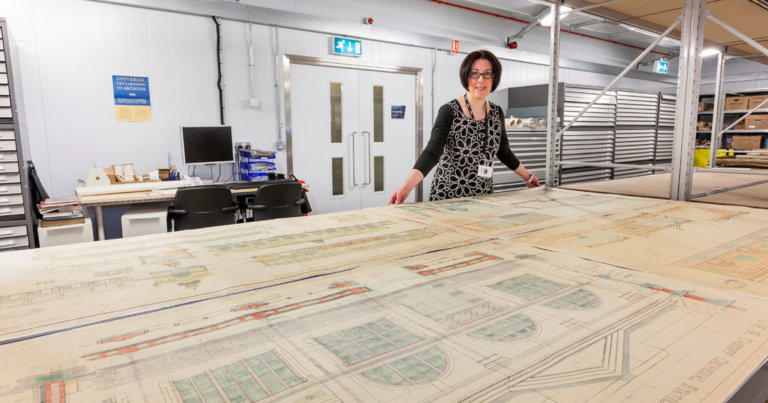Working with railway heritage
We work hard to develop the railway for the 21st century, while keeping an eye on preserving its built heritage.

Signalling heritage
We are working with railway heritage organisations to document the history, operation and way of life associated with signal boxes.
Of all the buildings developed specifically for the railways, the signal box holds a special place as one of the most instantly recognisable. Located at the trackside, they are unmistakable in the landscape.
Image gallery
The next chapter in the history of signalling
The consolidation of more than 800 signal boxes into state of the art rail operating centres begins the next chapter in the history of signalling on Britain’s railway. The introduction of a new rail traffic management technology in these centres will improve both capacity and performance on the railway network.
Signal boxes for future generations
Before this programme began we worked with English Heritage, Historic Scotland, and Cadw to inventory, research and make sure that the most significant signal boxes on the network were listed and save for the nation.
Film Archive of Railway Signalling and People (FARSAP)
Alongside this, Network Rail has been working with other railway heritage organisations to enable a record of signalling operations and the unique way of life associated with signal boxes to be made. You can find out more about the FARSAP project and access film of signal boxes in action here.
Disposal of Redundant Assets
We recognise many Heritage Railways, community projects and charities rely on donations and good will to achieve their goals. Network Rail operates a Non-Monetary Bid request process to support these projects where possible.
Our Disposal of Redundant Assets Policy (NR/L2/SCO/306 and NR/L3/SCO/306) defines when and how. Both documents can be downloaded free-of-charge from our user-friendly Standards portal, which is available to all of Network Rail’s external contractors, suppliers and industry associates with a company registration number.
If you require access to our Standards portal, please complete the registration form (Microsoft Forms). If you have any queries about the registration form or the Standards Portal, please email STSupplierSupport@networkrail.co.uk